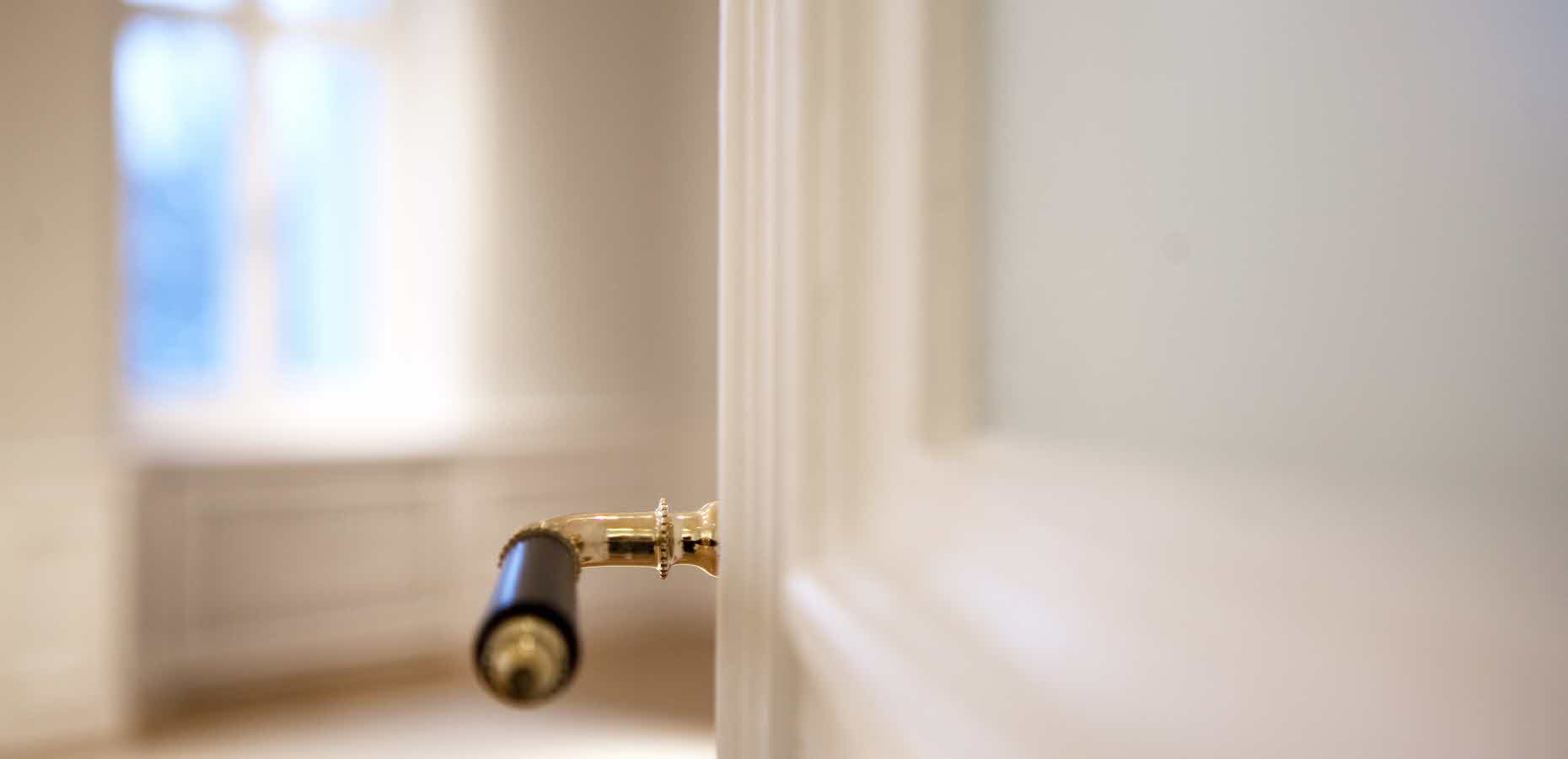A clear competitive advantage – faster delivery
Furnishings that are easily reused include false ceilings, glass partitions, installation components, doors and lighting fixtures.
“It’s probably the general increase in environmental awareness and the circular economy that has meant the concept of reusing things is now making major inroads in Sweden,” says Lennart Olsson. “And it also has a clear competitive advantage – after all it’s much quicker to get material to a building if we can avoid having to order everything new.”
Reusing as integral part of company environmental goals
Many of Fabege’s tenants regard the reuse of office furnishings as a key element of their own environmental goals, and a specific way of adopting an alternative approach to the throwaway culture.
“We’re keen to get people to take a moment to consider how we manage furnishings and material that are in good condition and still have many years of service in them before they’ve genuinely worn out.”
More companies up for reusing
The phenomenon of reusing office furnishings is gathering momentum, but slowly. There is still this attitude in the construction industry that everything has to be ripped out or thrown away when a property is being refurbished. Furthermore, buying new material has been, and still is to some extent, relatively cheap.
Collaboration with Kompanjonen
Stockholm is home to Kompanjonen, a company that sells and supplies secondhand office furnishings. Kompanjonen can buy any material that companies are unable to reuse and sell it on, all in aid of cutting the amount sent to landfill.
“Our industry is generally quite good at recycling material,” says Lennart Olsson. “But the challenge is to standardise reuse so that it is a manageable activity in the long run, should it become really huge.”
Standards needed for reuse
Lennart Olsson believes we need to come up with a measurable approach if we are to encourage more organisations to get on board with the concept of reusing material. His point is that standards may be needed regarding how to reuse material, standards that guarantee the quality of the recycled material, so that more companies can have access to guidance. And on top of that a system is needed so builders can easily identify the ripped out material.
“Knowing that you haven’t chucked out items that are fully functional is a good feeling, but many tenants perhaps don’t realise we can help them optimise their environment and furnish their offices by reusing things. We want them to be aware of this. Demand for upcycled material is likely to rise in future.”
How to reuse your office furnishings
- There’s a huge market for secondhand furniture. Masses of buyers and sellers can be accessed via a simple Google search.
- Building material and lighting can be trickier to find. You can either contact Kompanjonen.se or your landlord, and they’ll be able to help you.
- Planning to move offices soon? Start planning what you want to keep and what you would consider selling in the way of furniture as soon as possible. Fixtures that belong to the property, such as doors or false ceilings, are taken care of by the landlord.




